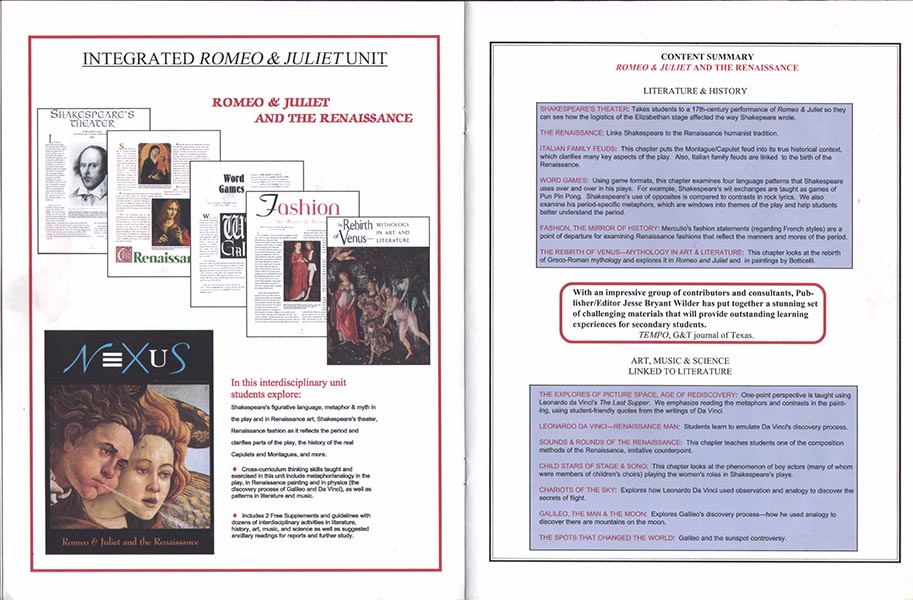HISTORY ALIVE AGAIN
History Lessons
Linked to Students’ Lives
History Across the Curriculum
NEXUS brings the past back to life by emphasizing the “story” in history. Powerful narrative engines drive each history chapter of our interdisciplinary books (see samples below). Fascinating anecdotes gleaned from primary sources appear in almost every paragraph. If the anecdote is unforgettable, the associated learning material will be unforgettable as well.
NEXUS chapters do not merely inform, they inspire and stimulate critical and creative thinking. Instructional strategies and teaching/learning tools are embedded in the text itself. These strategies are expanded upon in the FREE guidelines and history lesson plans.
Before students begin to think on high levels, they must be highly engaged.
History Connections and Common Core Lesson Plans
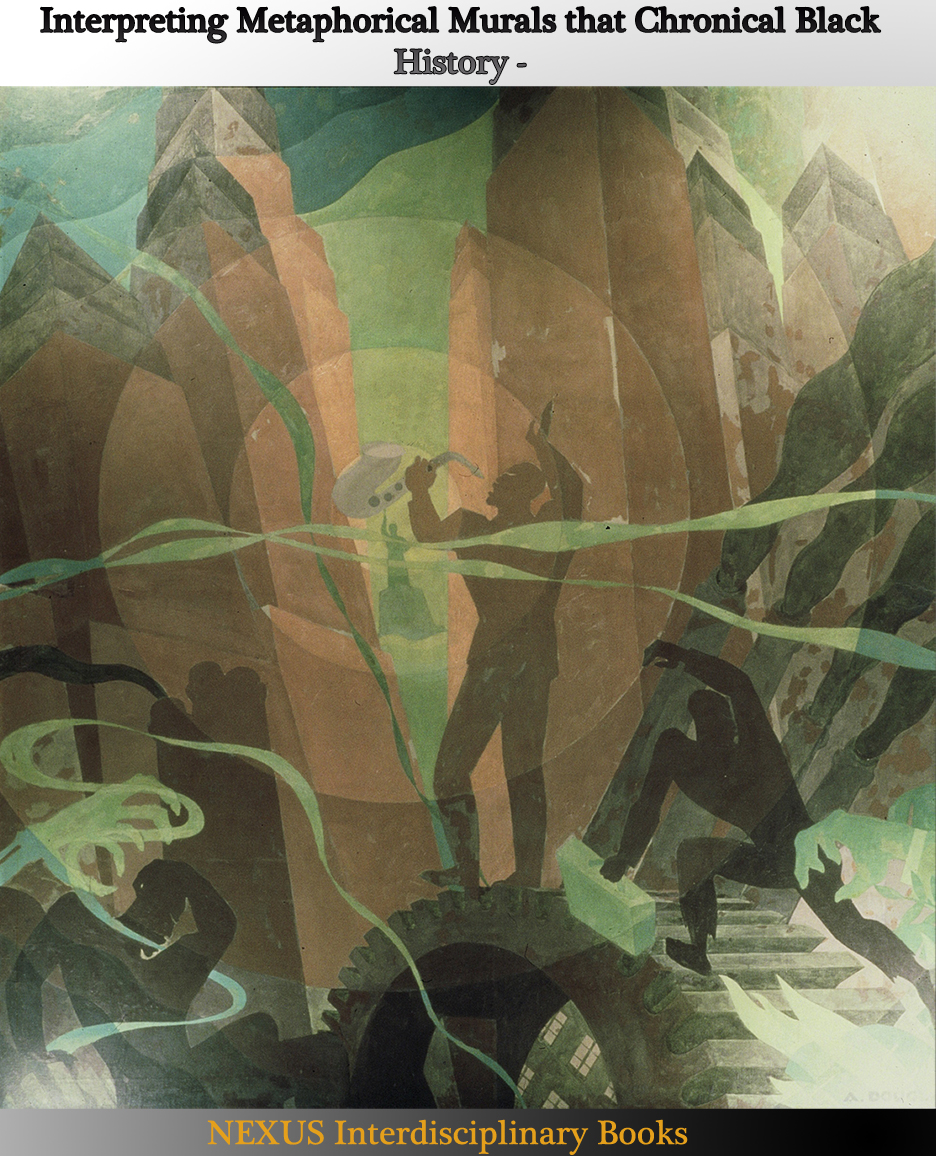
NEXUS NOT ONLY CAPTIVATES, IT INSPIRES. The chapters and chapter exercises link history to literature, theater, art and music in a multitude of ways. For example, the Great Migration (of African Americans) is the historical backbone of The Harlem Renaissance volume. The African-American short stories, poetry, theater, art and music explored in the volume reflect various aspects of the Migration (see Harlem Renaissance – Black History Lessons below). Understanding the Great Migration is a prerequisite for a full understanding of the literature, art and music; and studying the latter deepens and broadens students’ grasp of the former.
Harlem Renaissance – Black History Lessons Linked to Literature, Art, and Music
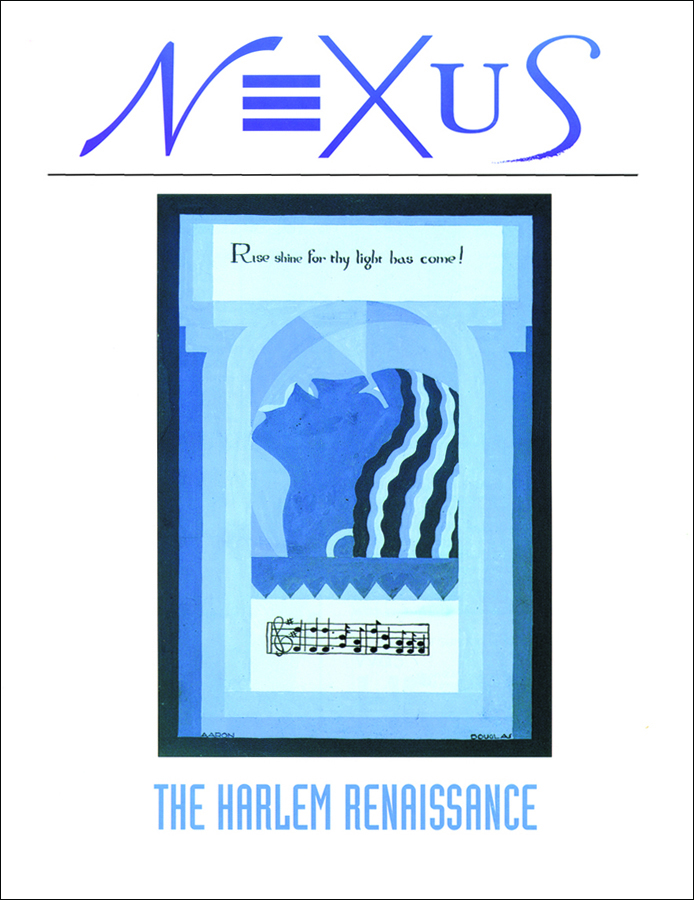
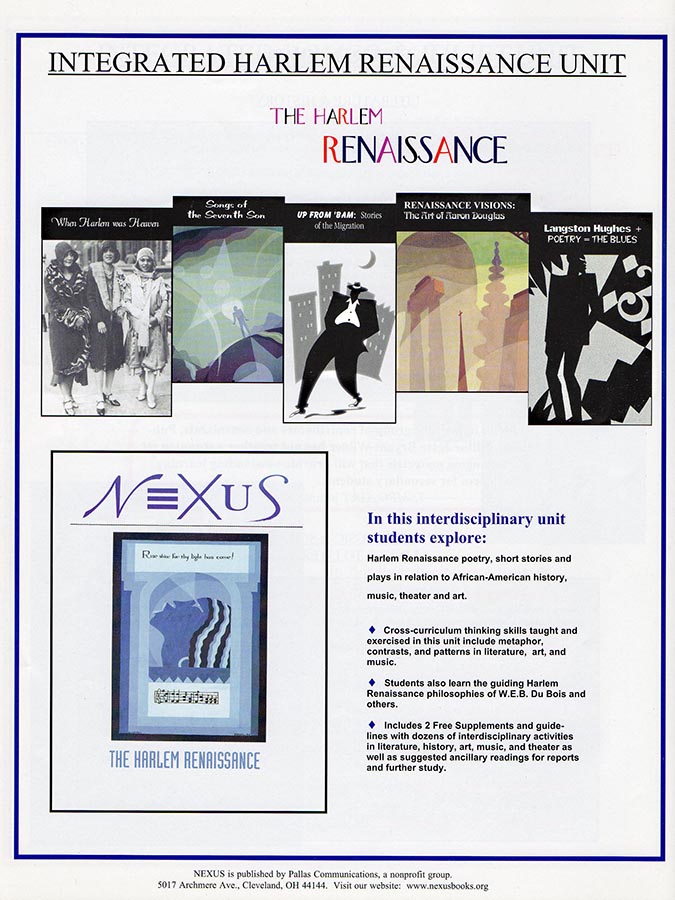
The Jazz Age in Harlem – The Arts Interacting
In the 1920s, when the sun went down on New York City, Harlem’s cafes, cabarets, dance halls and theaters awoke. The black metropolis became a land of magic where dreams sizzled in the night air, where African Americans became stars, fell in love, or just forgot their troubles, dancing till dawn to hot jazz, stride piano or the classic blues. [For more see “When Harlem was Heaven,” The Harlem Renaissance, NEXUS]
The History of the Great Depression Linked to Literature, WPA Art, Theater and Music
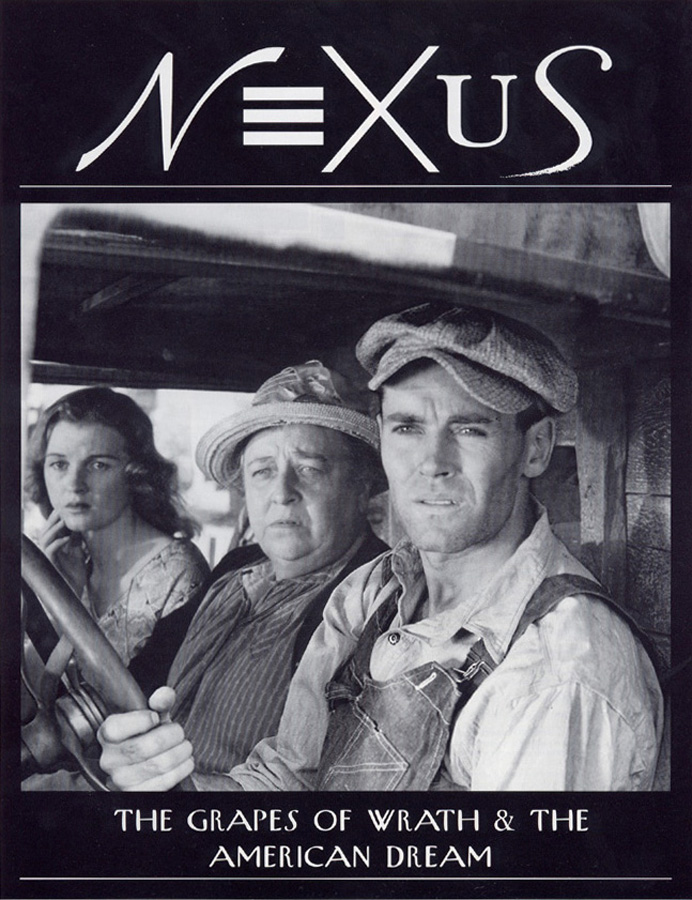
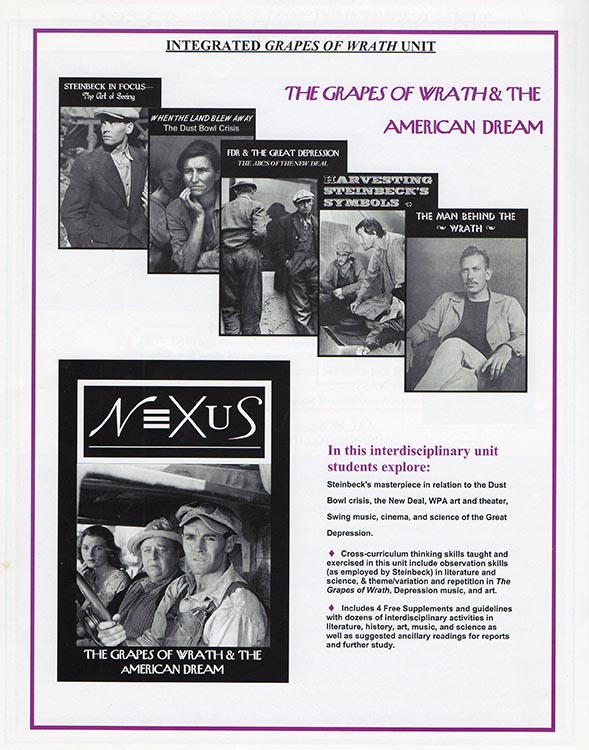
The Grapes of Wrath and the American Dream – Lesson Plans for Connecting History and Culture
Students explore how the literature, art, music, and theater of the 1930s impacted one another and how they influenced and were influenced by FDR’s New Deal.
“
Ancient Greece Unit Plan, Exercises and Teaching Strategies
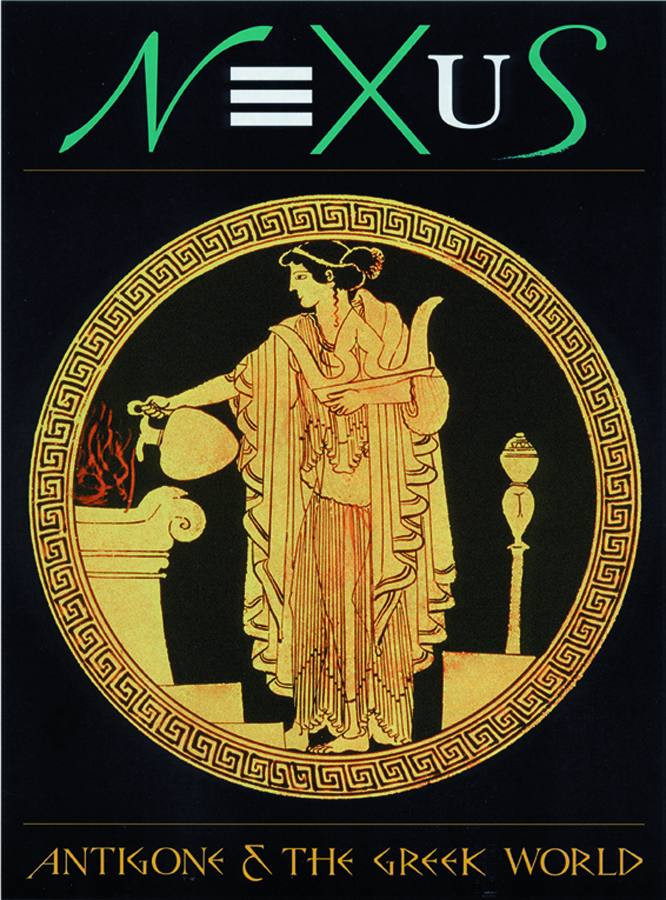
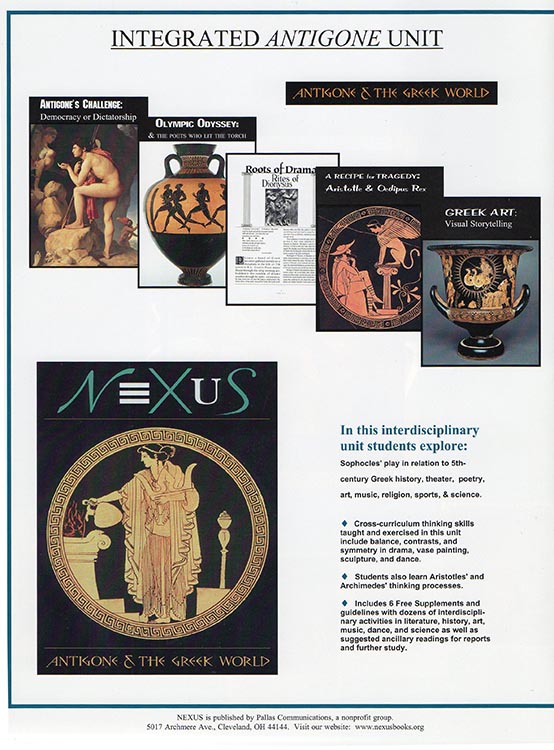
Antigone – Lesson Plans for Linking Literature to History, Art, Science and Music
In Antigone & the Greek World students learn how the Persian Wars and birth of democracy in Athens helped shape Sophocles’ themes in Antigone and Oedipus Rex.
Creon: Then am I to rule for the many
And not for myself?
Unit lessons and the text examine how ancient Greek theater taught Athenians to run a democracy, to be responsible citizens, and to consider and weigh conflicting points of view in the Assembly (useful skills today as well). At Orestes’ trial in Aeschylus’ The Eumenides, Athena tells the biased jurors “Here are two sides and only half the argument.” No one wants to attend to the Furies’ (Eumenides) version of justice, until the goddess of wisdom prods them to do so.
Ancient Roman Unit with Lessons Linking History Across the Curriculum
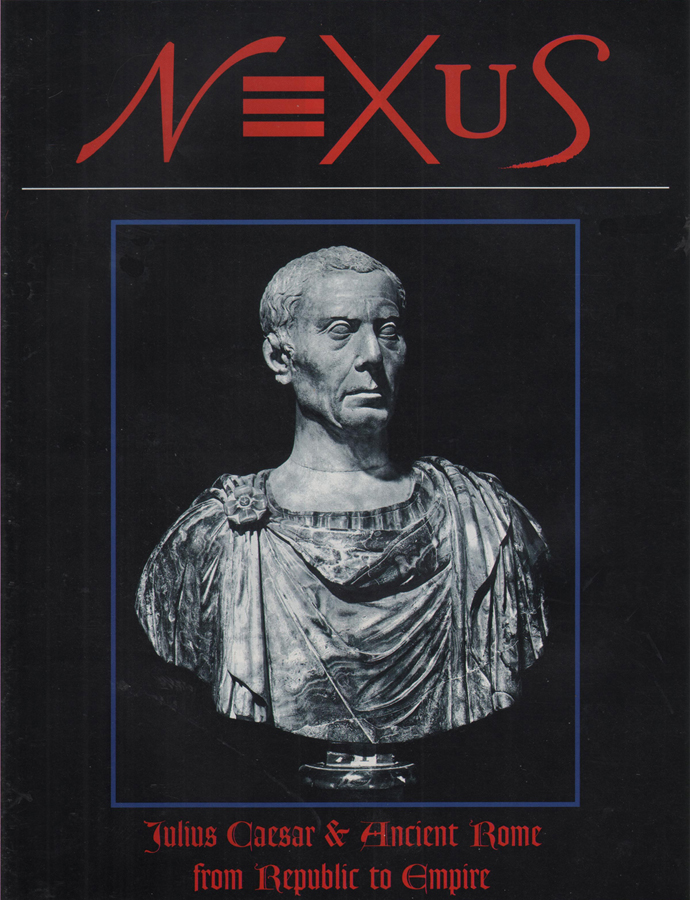
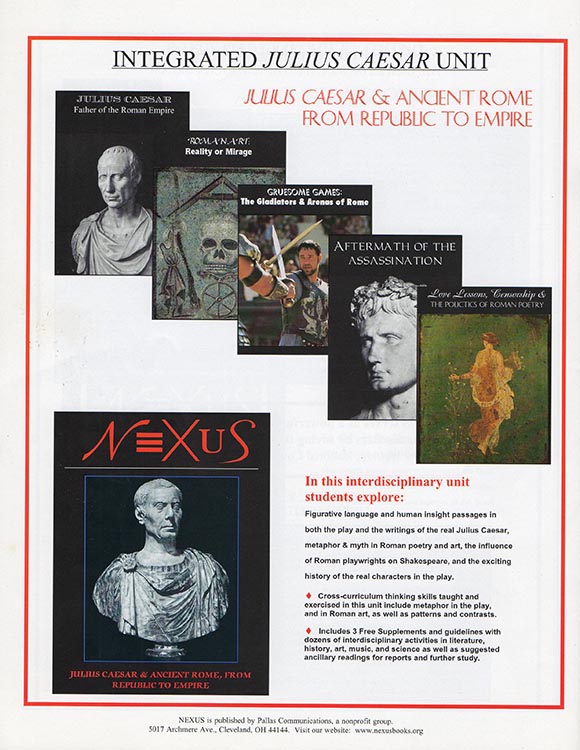
Julius Caesar, from Republic to Empire – History-Infused Lessons in Literature, Art and Science
“Caesar was supremely self-confident. When he was captured by pirates as a young man, the pirates tried to ransom him for twenty talents. Caesar laughed at the sum and said, ‘You don’t know who’ve you’ve caught. I’m worth fifty.” So they raised his ransom and got it. Caesar lived with the pirates for thirty-eight days. They became friends, more or less. Caesar often joked with them and participated in their sports. He even recited poetry for them. If they didn’t cheer, he’d call them illiterate barbarians. If they made noise while he was napping, he’d order them to shut up. Upon his release, Caesar promised the pirates that he’d return to crucify them. They laughed. It seemed like another one of his jokes…” [For more see “Julius Caesar, Father of the Roman Empire,” Julius Caesar and Ancient Rome, from Republic to Empire, NEXUS and Julius Caesar, Father of the Roman Empire – Unit Introduction on the Literature page under the Subject menu.]
SAMPLE MINI HISTORY LESSON from Julius Caesar and Ancient Rome Guidelines: “Read chapter one of Sallust’s The Conspiracy of Catiline on the origin of Rome. Have students compare Sallust’s view with that of recent scholarship. Is the glowing picture he paints of the early Republic too nostalgic? Does he judge his own period too harshly? Then students should explicate the following Human Insight Passages from Sallust’s work (for details see Guidelines.)” This lesson is aligned with CCSS.ELA-LITERACY.RH.6 (for 9-10 and 11-12).
Macbeth and Scottish and English History and Culture, Plus FREE and FEE Lesson Plans
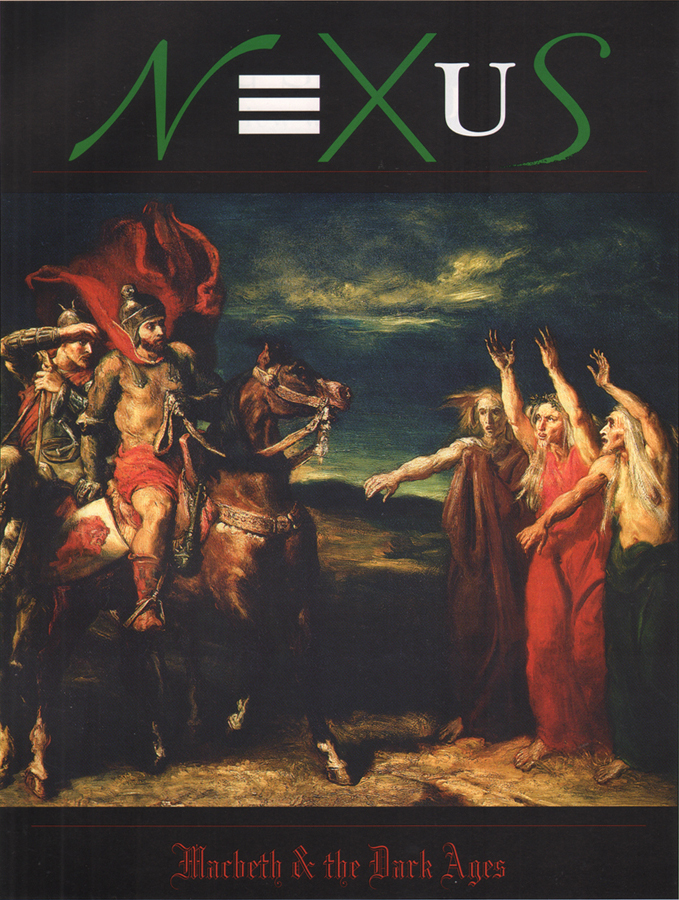
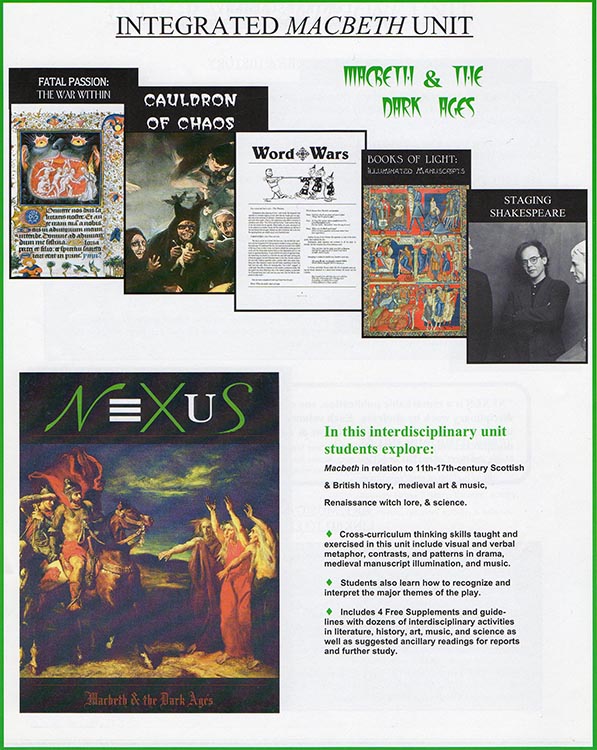
Macbeth – the History and Life Lessons in a Tragedy
The wonderfully rich historical background in the Macbeth and the Dark Ages volume—colorful anecdotes & clear, conversational accounts of family ties, political motives, events, & phenomena—will definitely enhance students’ study of the play. The illustrations for the 14 short sections (one to three pages) of this volume are stunning: maps, production photos, beautiful reproductions of tapestries, and manuscript illuminations. —THE COLLEGE BOARD
Middle Ages – Cross Cultural Connections
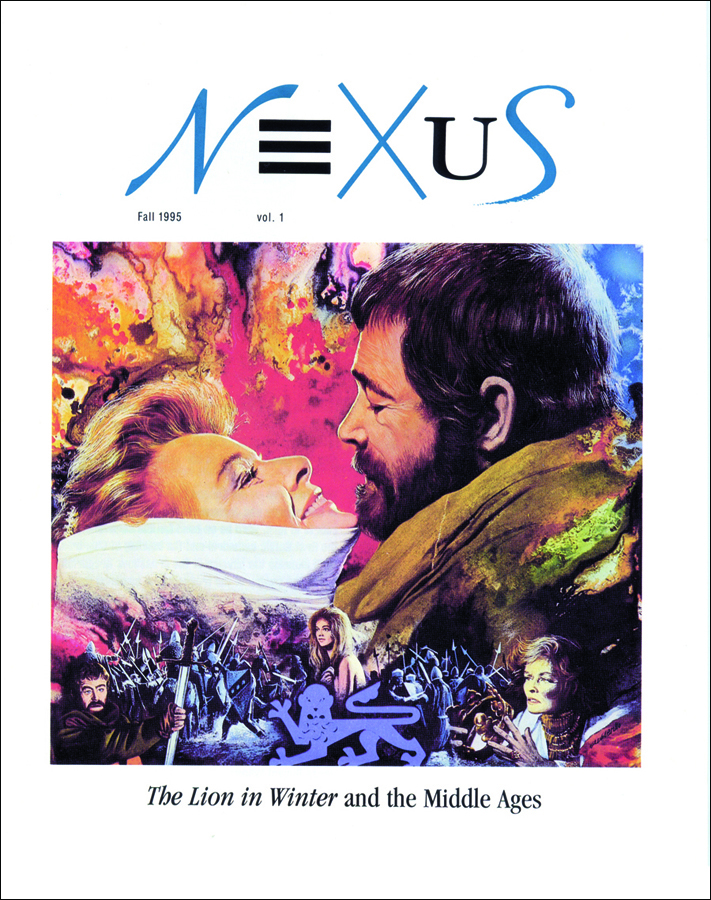
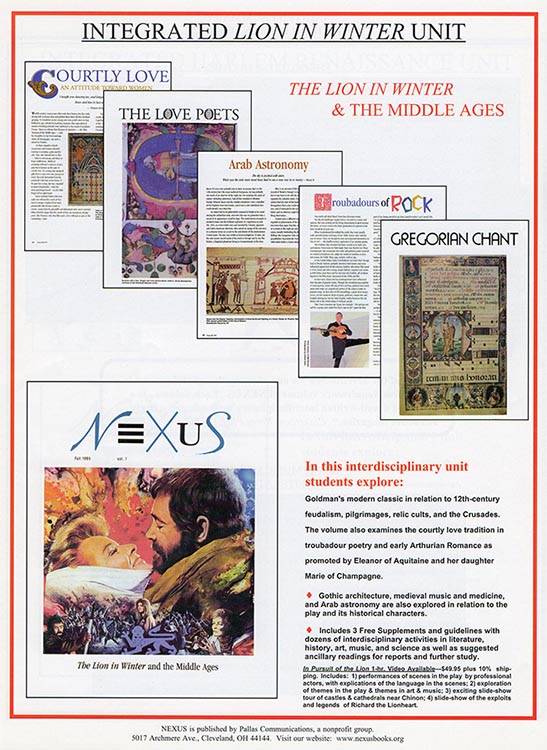
The Lion in Winter – Battles of Wits Between Royals
Romeo and Juliet and Renaissance History and Culture, Plus FREE and FEE Lesson Plans
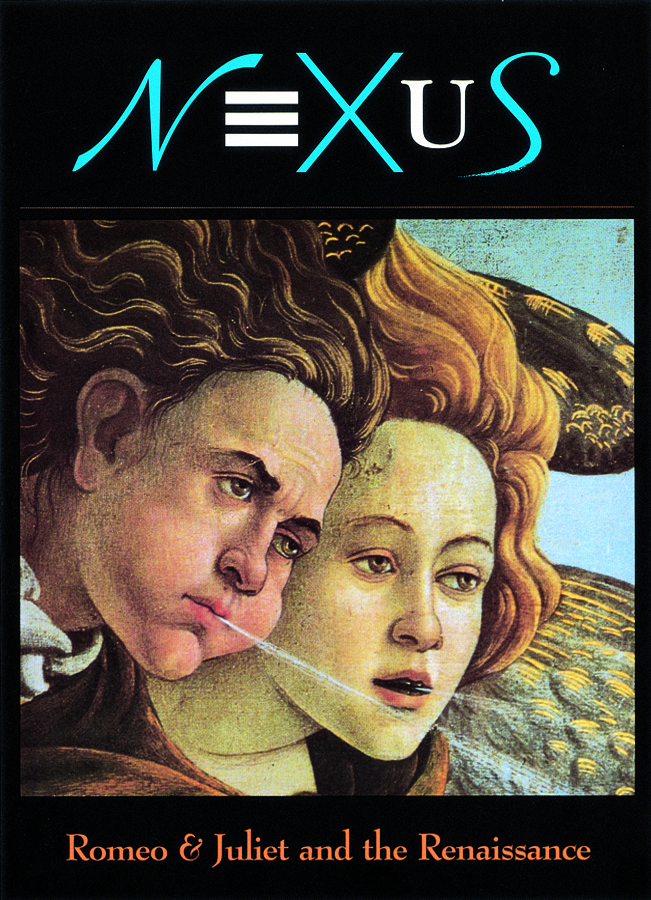
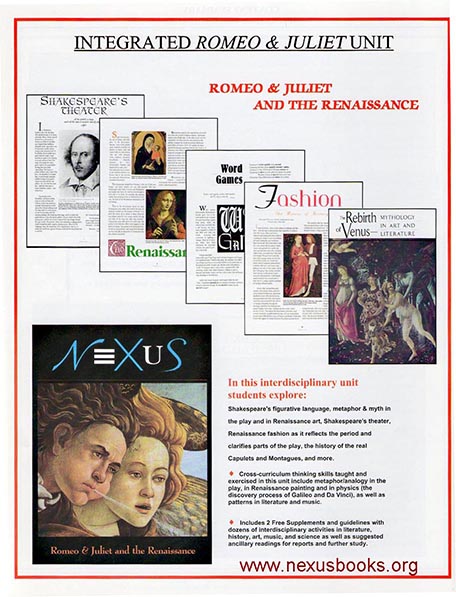
Romeo and Juliet, Mirror of the Renaissance
